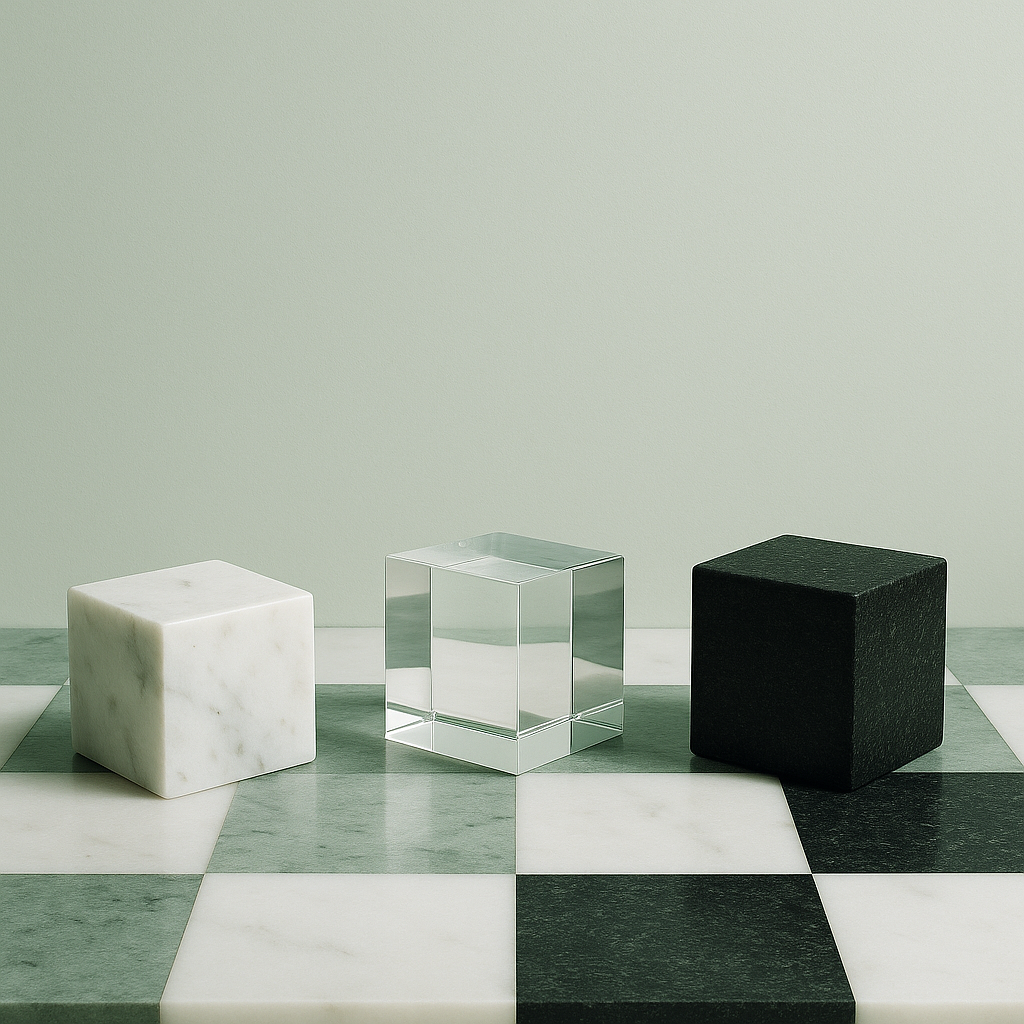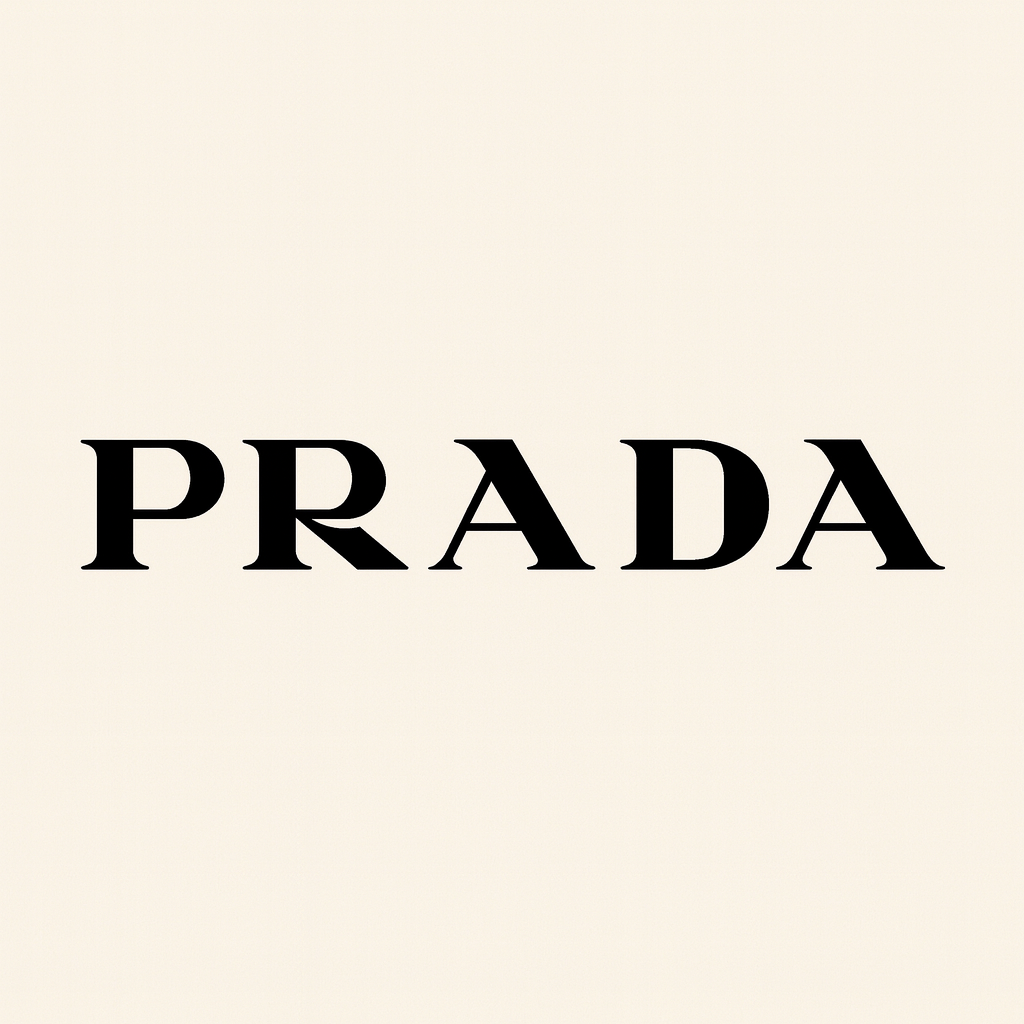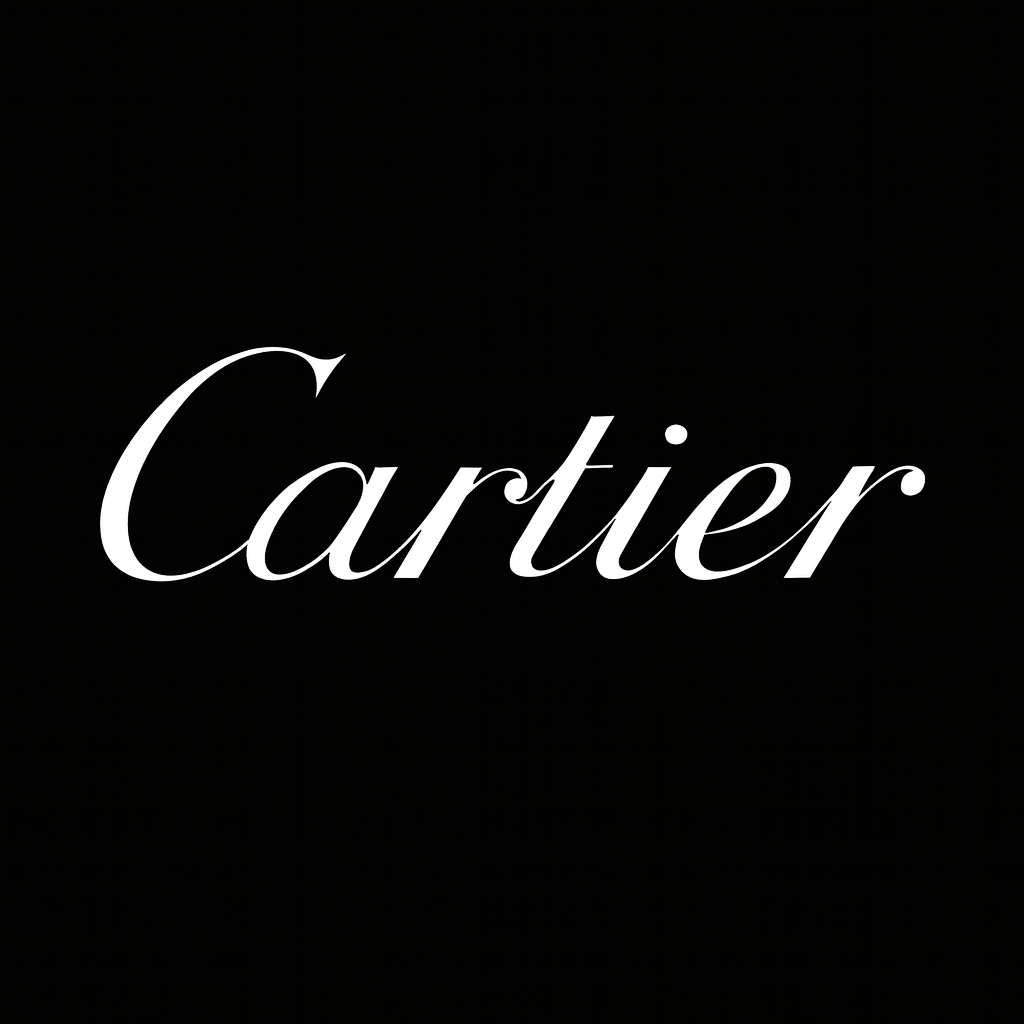
Chanel
Few names in fashion history have the same aura as Chanel. The brand is not merely a house of couture, nor just a perfume empire. It is a myth, built on the charisma and contradictions of one woman, Gabrielle “Coco” Chanel. Her story demonstrates the immense power of a founder’s persona in shaping a brand identity that endures across generations. But Chanel is not a simple story of elegance; it is a tale of rebellion, invention, and moral ambiguity, that continues to define modern luxury a century later.
From Orphan to Icon
Coco Chanel’s beginnings could not have been further from the salons of Parisian haute couture. Born in 1883 into poverty, her mother’s death left her in the care of a Catholic orphanage at Aubazine. There, she learned to sew, but also learned to appreciate simplicity and balance, which became the heart of her style.
Chanel refused to let her origins define her. Instead, she mythologized them. She often fabricated glamorous stories about her childhood, changing her birthdate or family background to align with the persona she wished to project. Her declaration, “My life didn’t please me, so I created my life,” is not only personal but foundational to her brand’s DNA: luxury as self-invention.
When she stripped away corsets, petticoats, and heavy layers in favor of simple, practical silhouettes, she wasn’t just making clothes, she was staging a cultural rebellion. The Chanel suit and the little black dress became uniforms of modernity, emblems of independence for the 20th-century woman.
Chanel No. 5
If Chanel’s clothes liberated women, her perfume gave them mystery. In 1921, she launched Chanel No. 5, a fragrance that would become the most famous in the world. Working with French-Russian perfumer Ernest Beaux, Chanel wanted to break away from convention. At a time when perfumes either smelled like a single flower (the respectable choice) or were cloying and overt (favored by courtesans), she demanded something radical: an “abstract scent, crafted like a dress.”
The secret came from aldehydes (special ingredients that made the perfume brighter and longer-lasting), perfect for the modern woman with a busy, liberated life. But Chanel masked this innovation with a story as simple as it was powerful: she chose the fifth sample, because five was her lucky number.
Even the bottle was an act of rebellion. Gone were ornate flacons; instead, she introduced a minimalist square design. This fusion of technical revolution, myth, and aesthetic purity transformed No. 5 into more than a perfume. It became the scent of modernity itself: bold, artistic, and timeless.
The Dark Side of the Legend
Every myth has a shadow, and Chanel’s is as compelling as her triumphs. During World War II, she lived at the Ritz in occupied Paris, sharing the hotel with high-ranking Nazi officers. She entered into a relationship with Baron Hans Günther von Dincklage, a German intelligence officer, and declassified archives confirm her activities as an agent codenamed F-7124.
Her wartime record is deeply troubling. She attempted to exploit Nazi anti-Semitic laws to wrest control of the Chanel No. 5 business from her Jewish partners, the Wertheimer family. She even participated in diplomatic missions on behalf of the Germans, including an operation to broker a separate peace with Churchill.
And yet, she survived. While many French women accused of “horizontal collaboration” faced public humiliation, Chanel avoided prosecution, likely protected by her connections, including Winston Churchill himself.
For the brand, this chapter remains a paradox. Some exhibitions present documents suggesting she also aided the Resistance, creating ambiguity. Rather than erasing this controversy, Chanel’s legacy incorporates it, making her persona darker and more complex. But her flaws never took away the magnetic force of who she was.
An Immortal Myth
When you wear Chanel, you’re not just wearing fashion, you’re carrying a piece of her story. From orphan to icon, from rebel to collaborator, she was never static, never simple. As Kapferer reminds us, luxury brands thrive when they behave like art, bold, uncompromising, and provocative. Chanel understood this instinctively. She blurred the lines between truth and myth, simplicity and sophistication, beauty and scandal. In doing so, she created not just a fashion house, but a cultural monument.
Chanel is more than fabric or fragrance; but about the story you choose to live, it’s about self-invention.
By
May 5, 2024
.png)
.png)



